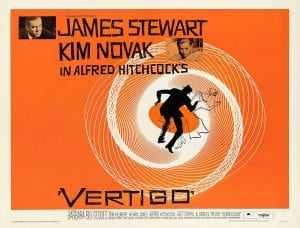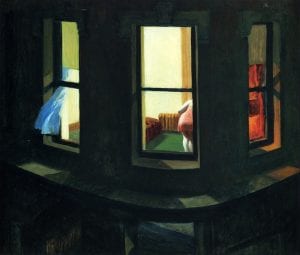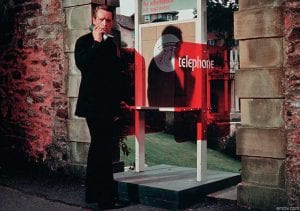
Toni Collette and Gotaro Tsunashima in Japanese Story
Some ideas for a video-based ESL class on intercultural communication
It has been a long time since I blogged and I felt the need to get back in the saddle. Although the pressures of work and family life in the age of Covid have kept me away from Visual Language, I have been nonetheless been writing, but mostly film reviews of varying depth over on Letterboxd. I have also been using that site to archive some old Amazon reviews that have fallen into obscurity. At some point, I may polish up some of the more recent ones and post them here. Continue reading




 Edward Hopper, Night Windows, 1928.
Edward Hopper, Night Windows, 1928.